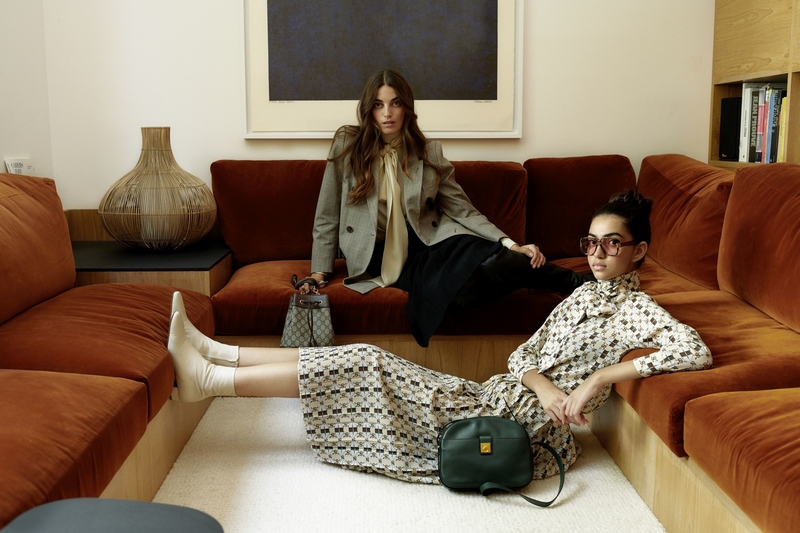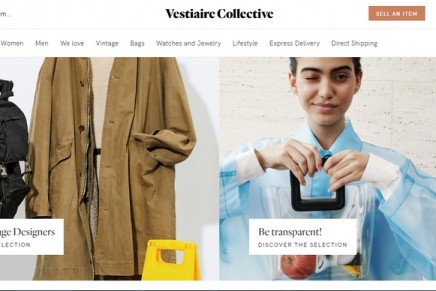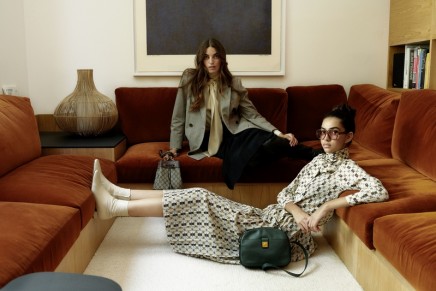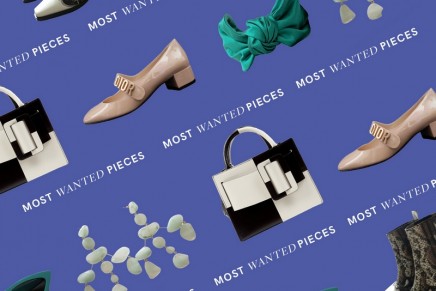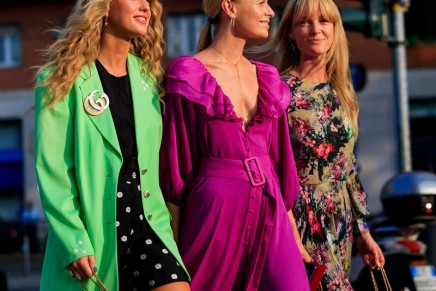Resale market is a boost rather than a threat for luxury industry. Survey.
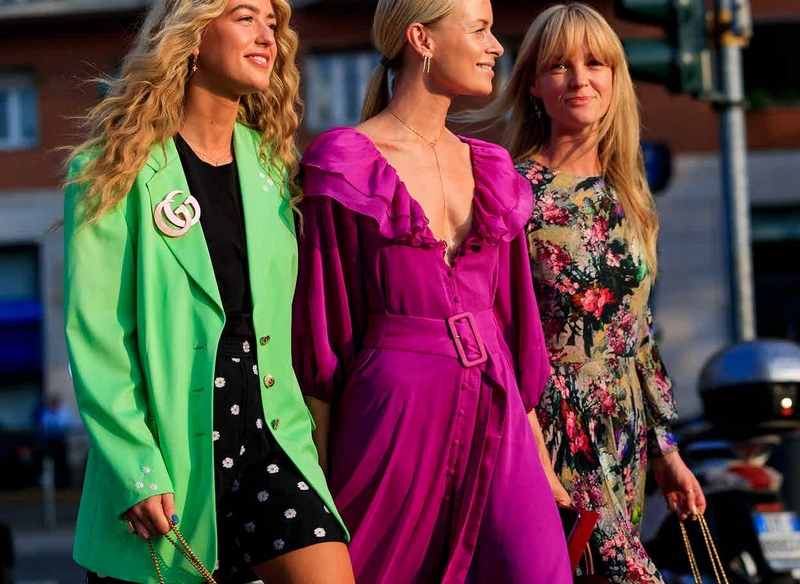
vestiaire collective – as good as new 2019; @us.vestiairecollective.com
Here is why Luxury Brands Should Celebrate the Pre-Owned Boom
According to a new report, resale is a recruiting mechanism for luxury brands with second hand being a great way to boost sustainability. Second-hand sellers are predominantly first-hand buyers, says “Why Luxury Brands Should Celebrate the Pre-Owned Boom” survey by Vestiaire Collective and Boston Consulting Group (BCG). The resale market is a boost rather than a threat for luxury industry.
The second-hand luxury market is not a new phenomenon, however, the last couple of years have seen this market explode, with global sales predicted to grow at an incredible rate of an average 12% year-on-year, compared to a 3% average for the core luxury market. Furthermore, the resale industry is forecasted to increase turnover from $25 billion in 2018 to $36 billion in 2021, representing around 9% of the luxury market.
Millenials and Gen Z are disrupting the market and placing greater importance on the social and environmental impact of their purchases than previous generations.
The Vestiaire Collective and BCG survey reveals that over 70% are trying to shop ethically and 13% saying that sustainability is extremely important to them. Of those that shop ethically, 57% say that environmental impact is their primary concern.
“The second-hand market prolongs the life of luxury products. Most of what is sold on luxury second-hand platforms is of high quality, with 62% of the clothes either unworn or hardly worn. Brands wishing to be more eco-friendly benefit from this circular luxury economy,” explains Olivier Abtan, Managing Director and Partner of BCG and leader of their global luxury sector worldwide.
A way to boost sustainability in the luxury world
The pre-owned market clearly extends the lifetime of luxury products. Most products sold on pre-owned luxury platforms are of high quality, with 62% unworn or scarcely worn. It also creates a circular fashion economy, a hot topic in the fashion industry today. Luxury companies that support sustainability can feel proud to be part of a more responsible ecosystem, and they will ultimately benefit from such positioning. This is especially true given the importance of sustainability to young consumers today.
A recruiting mechanism
Pre-owned luxury buyers are usually consumers who don’t have access to the primary luxury market, as 71% of the pre-owned buyers surveyed lean towards items and brands they could not afford firsthand. Therefore the second-hand market is a powerful way for luxury brands to connect with, and anchor their brand in the minds of potential future primary customers.
As second-hand luxury customers mature, their purchasing power tends to increase, making them ready to shift to the primary market. Of those surveyed, 62% said that they bought a brand they like for the first time second-hand on Vestiaire Collective and almost all of that 62% said they would consider buying that brand again. Research also showed that 57% said they would either definitely buy or would consider buying the item firsthand—making them solid prospects for the first-hand market.
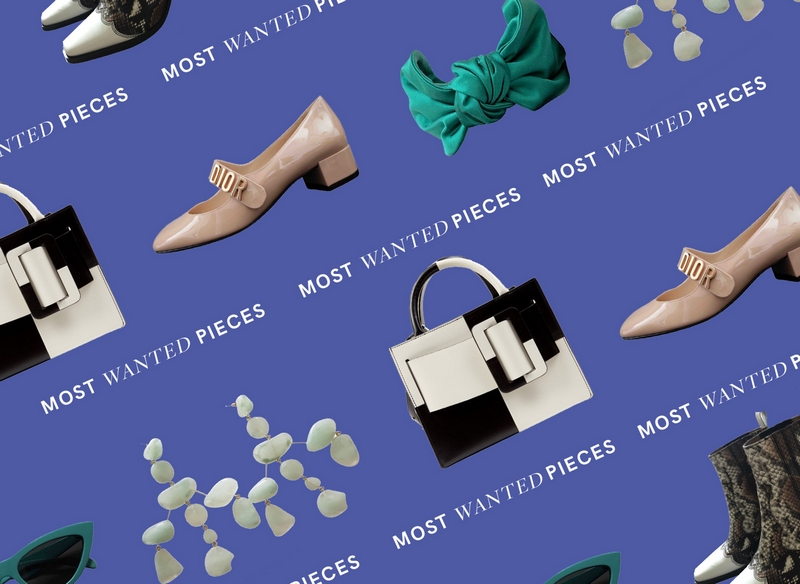
vestiaire collective – most wanted pieces Fall 2019; @us.vestiairecollective.com
Second-hand sellers are first-hand luxury buyers
Second-hand sellers typically use resale to recoup some of their money back on firsthand purchases, often so they can reinvest in new, full-priced luxury products. Of those sellers surveyed, 32% said they were primarily selling because they wanted to purchase new firsthand goods. In addition, most pre-owned sellers do not tend to make many second-hand purchases. For example, of total pre-owned sales on the Vestiaire Collective platform, 70% are generated by sellers who rarely purchase second-hand. Furthermore, 44% of sellers stated that they purchase more expensive luxury items than they would have bought without a resale market. Other customers purchase more frequently, investing around the same amount on individual items but buying more frequently once they free up their budgets.
Second-hand offers a unique product range at accessible price points.
Most second-hand luxury clients are attracted by the affordable prices of luxury items: 96% of Vestiaire Collective members surveyed said that they buy second-hand luxury pieces partly because they are looking for value for money. Another major advantage of the second-hand market: 62% of buyers are searching for pieces that are either out of stock, from previous season collections or from limited edition releases, while 83% stated they are drawn by the wide selection of products and brands which may no longer be available in the firsthand market.
Growing sophistication and concentration of the market
The traditional brick-and-mortar luxury resale industry produced very few players of any significant size as they focused on a specific product category or geographic footprint. In contrast, online resale platforms have won over consumers by offering far greater brand and product assortment. In addition, each platform has developed a series of unique services such as curation, authentication and personalised marketing strategies driven by extensive data insights.
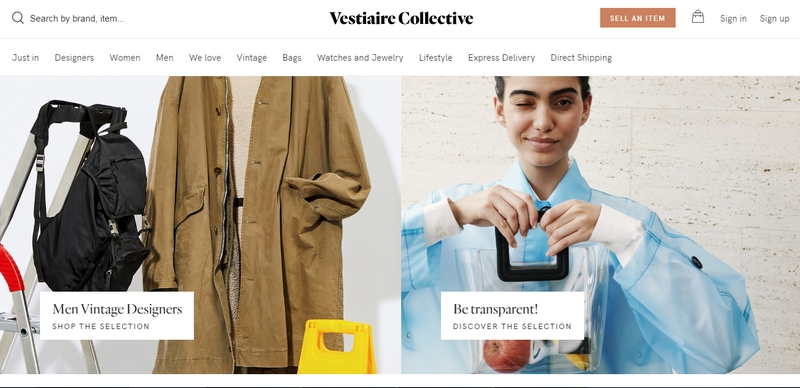
print screen vestiairecollective; @us.vestiairecollective.com

